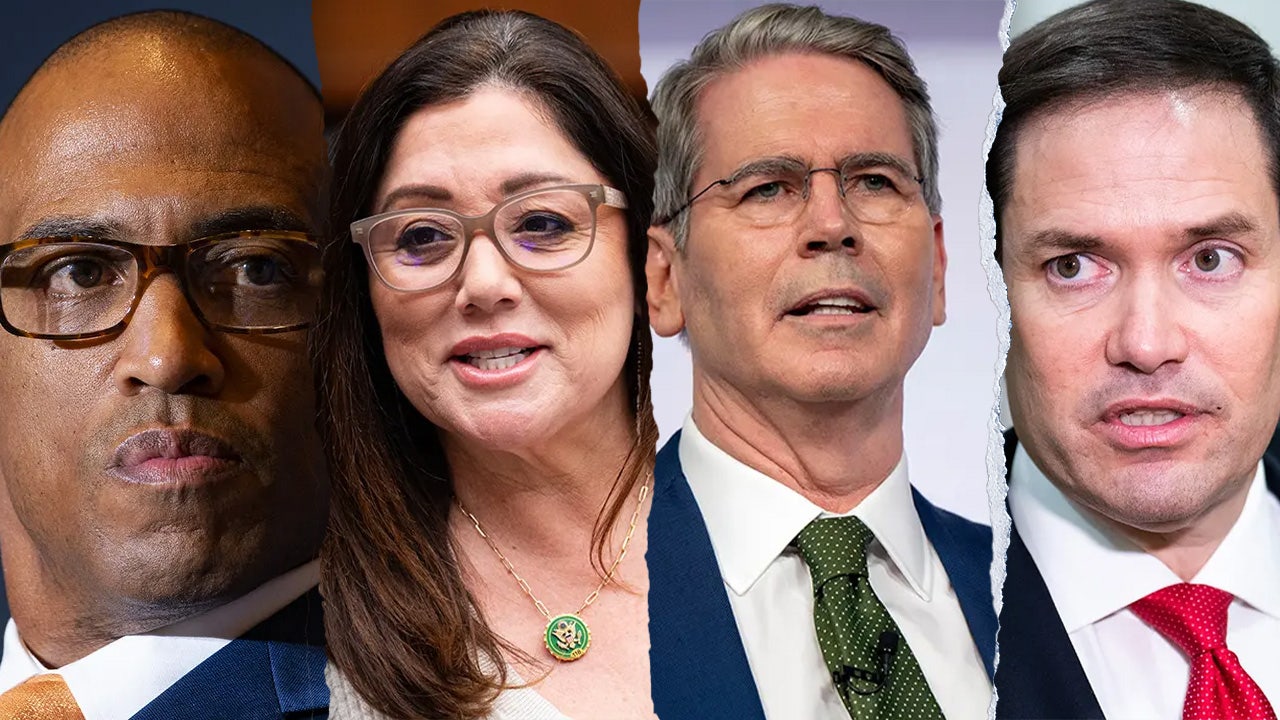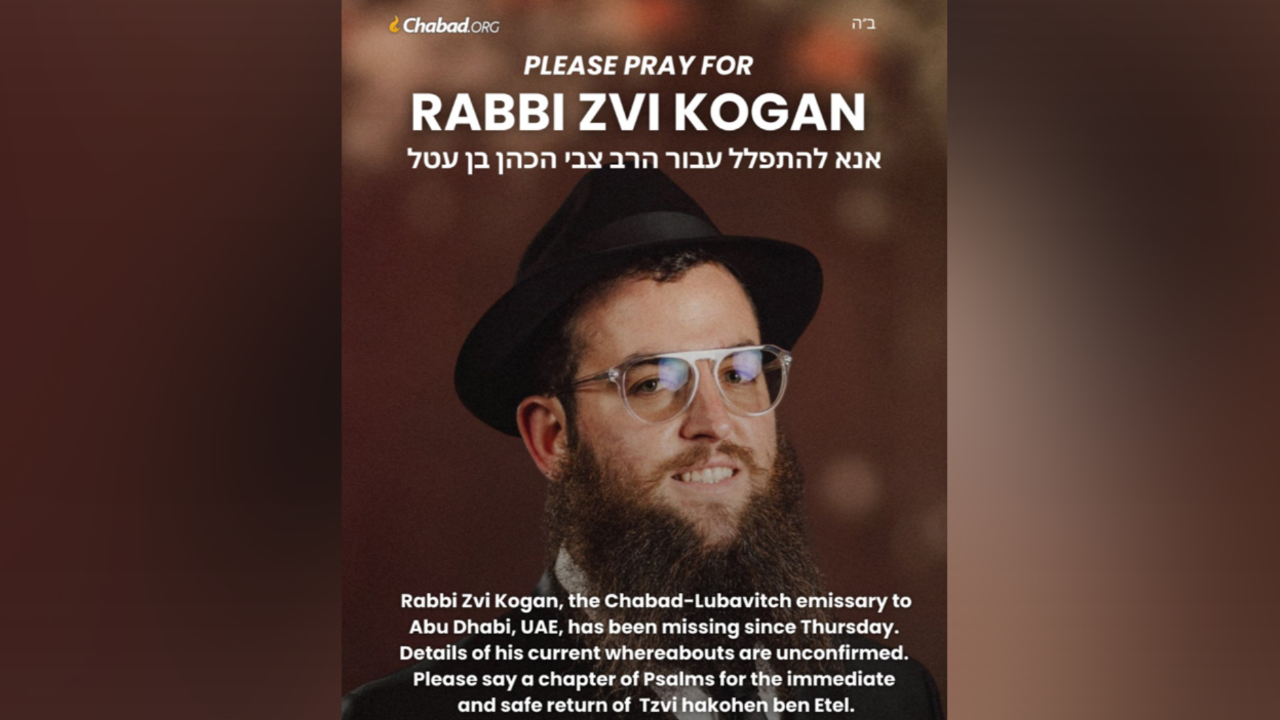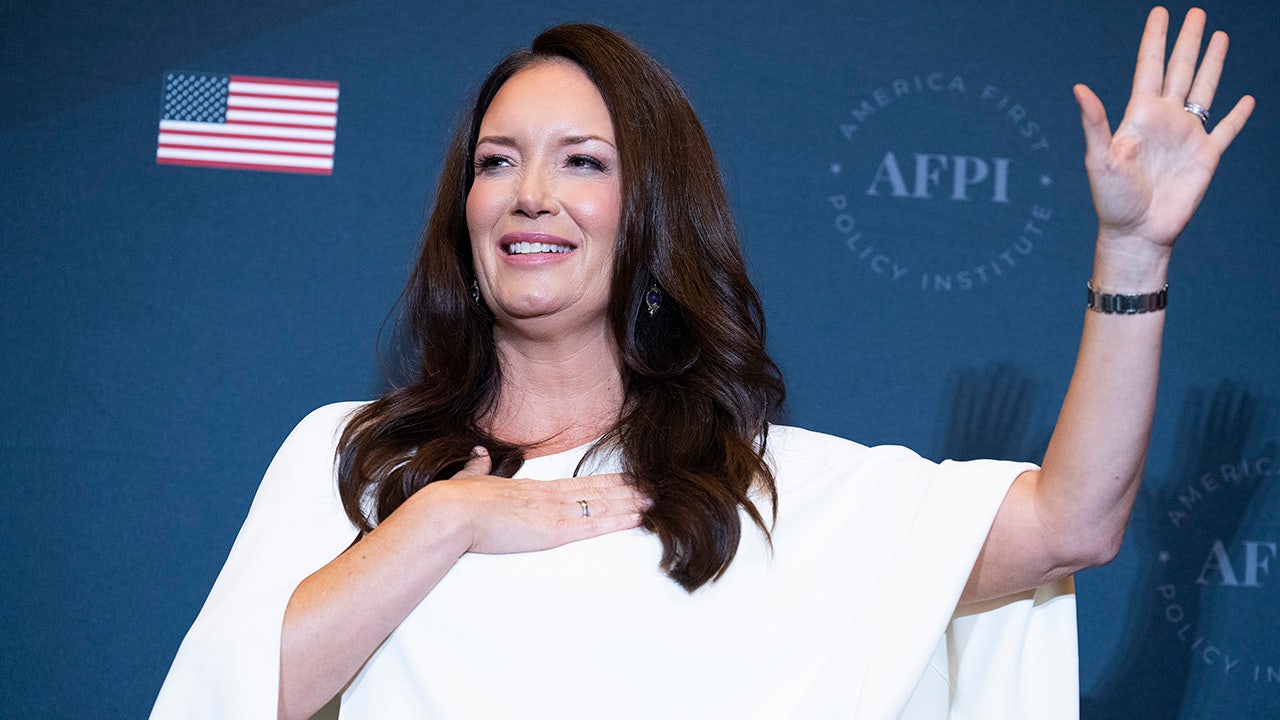Before he died, Johanna Devico Ohana’s father asked her to promise him one thing: “If I ever die in France,” he insisted, “take me to Fez.”
He also asked her to take care of the Jewish cemetery, a task that was incumbent on him before his death. His daughter agreed to both requests, and her father is buried in the cemetery she now maintains.
“We lived in harmony”
“My father was a lover of Morocco and a lover of Fes”says Ms. Ohana, who was born and raised in the city. “We lived in harmony. There was no tension. We all knew we were Jews, Muslims or Catholics and we never had any problems on that side.”.
Located in northern Morocco on the Wadi Fez, the city was founded in the 9th century and was the ancient capital of Morocco for centuries. In 809, King Idris II encouraged the Jews to move to Fez so the city could benefit from their skills.
Today, Fez is known for its religion, arts, sciences, handicrafts and commercial activities. The Fes Medina, often referred to as the cultural and spiritual center of Morocco, is listed as UNESCO World Heritage.
It also retains a mix of cultures and identities and a Jewish neighborhood called “Mellah”. The word literally means “salt” or “salt area” and refers to either a source of salt water in the area or to the former presence of a salt warehouse, but “Mellah” is now used as a name for Jewish quarters in other Moroccan cities, including Rabat and Marrakech.
Nestled in the mellah, the Jewish cemetery is notable for its semi-cylindrical tombs, which reflect the history of thriving Judaism in Morocco.
A “convergence of tributaries”
The ancient intermingling of peoples made Fez a suitable place for the Ninth forum of the United Nations Alliance of Civilizations (UNAOC), which took place in November 2022.
Opening the event, Andre Azoulay, Chief Advisor to King Mohammed VI. of Morocco – and father of UNESCO Director-General Audrey Azoulay – who is himself a Jew, that Morocco “is based on a model of openness, harmony and synergy that has seen the convergence of Arab-Islamic, Amazigh and Saharan-Hassanian confluences, enriched at the same time by African, Andalusian, Hebrew and Mediterranean tributaries”.
Asked how she felt upon learning that Fez had been selected to host the ninth UNAOC Forum, Ms Ohana said she was proud that Fez had been selected: “For Morocco, it accurately reflects the reality of our image, our culture”.





